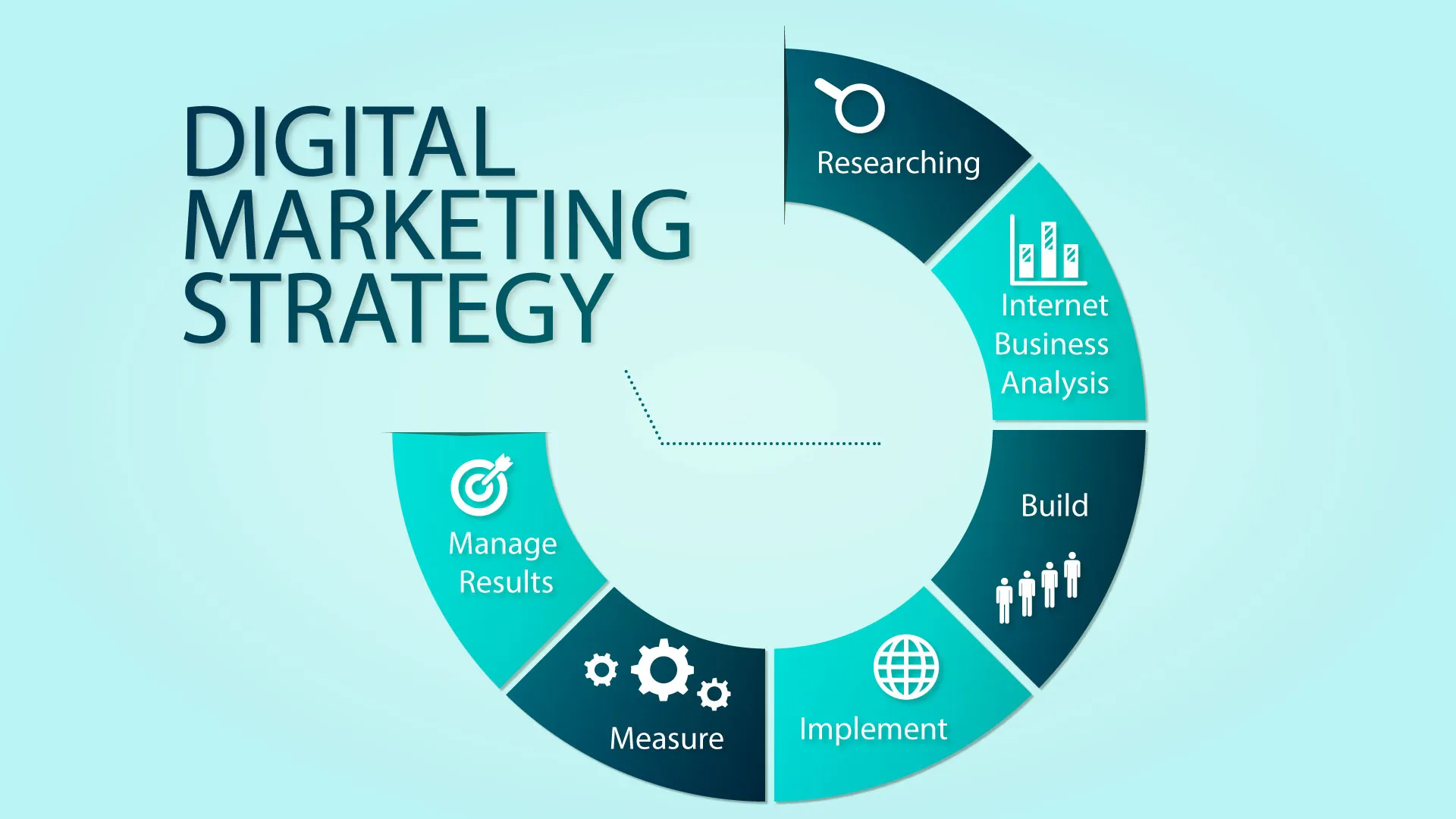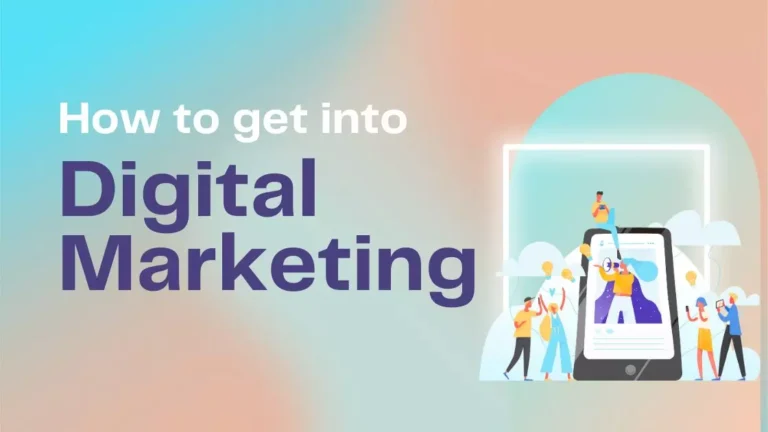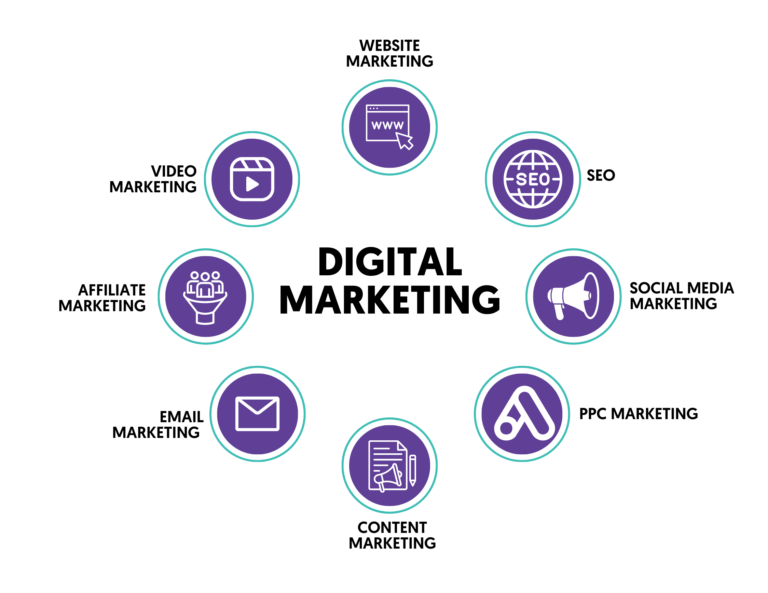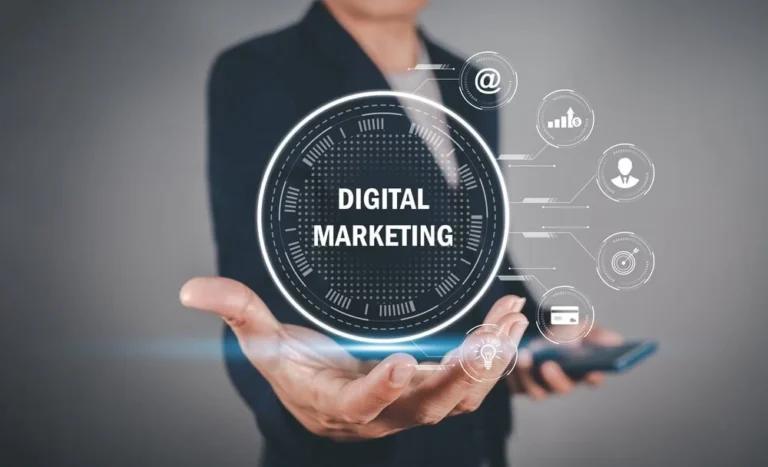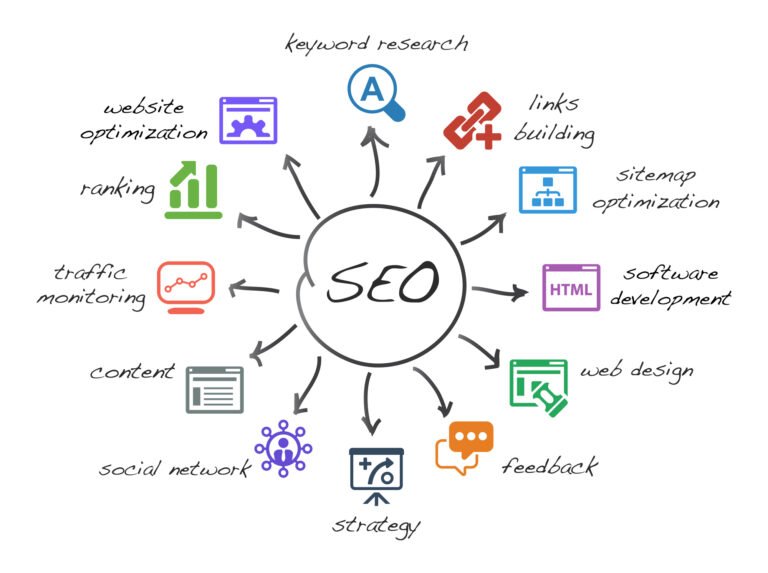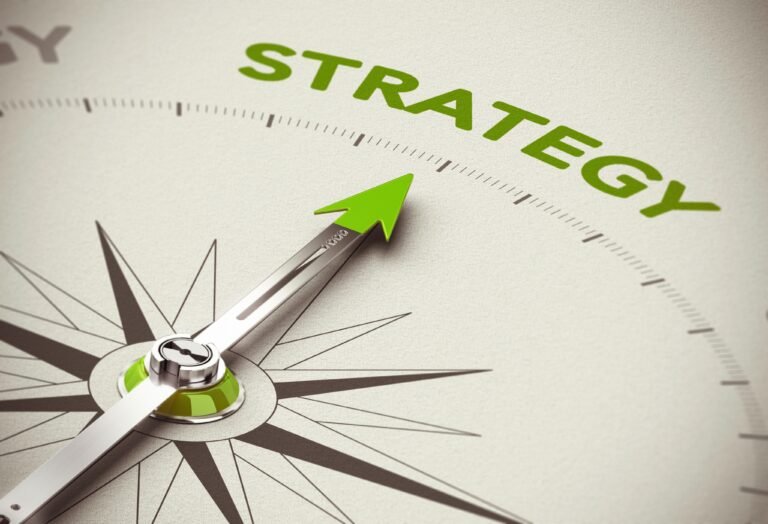How to create a digital marketing strategy
What is a Digital Marketing Strategy?
A digital marketing strategy is a clear action plan to promote your business online and achieve your goals. It includes what platforms to use, who your target audience is, what content to post, and how to measure success.
Think of it like a roadmap that helps your business grow online, reach the right audience, and turn visitors into customers.
Why Do You Need a Digital Marketing Strategy?
A strong strategy helps you:
- 🎯 Reach the right people at the right time
- 💰 Save time and budget by avoiding guesswork
- 📈 Track what’s working and improve over time
- 🚀 Grow brand awareness, website traffic, and sales
- ✅ Stay ahead of competitors
Step-by-Step: How to Create a Digital Marketing Strategy in 2025
✅ Step 1: Define Your Goals
Ask yourself:
What do I want to achieve online?
Examples:
- Increase website traffic by 50% in 3 months
- Generate 100 qualified leads per month
- Grow Instagram followers to 10,000
- Sell 200 products via Google Ads
Make sure your goals are SMART:
Specific, Measurable, Achievable, Realistic, and Time-bound.
✅ Step 2: Know Your Target Audience
Understanding who you’re talking to is key.
Ask:
- Who is my ideal customer?
- What problems do they face?
- Where do they spend time online?
- What kind of content do they like?
Create a buyer persona (a simple profile of your ideal customer) to guide your messaging.
✅ Step 3: Choose the Right Channels
Not every platform is right for every business. Focus on where your audience is most active.
Here are common digital channels:
| Channel | Best For |
|---|---|
| SEO (Google Search) | Long-term website traffic |
| Social Media (Instagram, Facebook, LinkedIn) | Brand building & engagement |
| Email Marketing | Retargeting, nurturing leads |
| Paid Ads (Google Ads, Meta Ads) | Fast traffic & sales |
| Content Marketing (Blogs, YouTube) | Education, trust, and SEO |
✅ Step 4: Create a Content Plan
Your content is how you connect with your audience. Plan what type of content to post, how often, and where.
Content types:
- Blog posts (for SEO)
- Social media posts (for engagement)
- Videos & reels (for reach)
- Infographics (for shares)
- Email newsletters (for conversions)
Pro Tip: Use a content calendar to stay organized and consistent.
✅ Step 5: Set a Budget
Decide how much you can spend on:
- Paid ads (Google, Facebook, Instagram)
- Tools (like email software, design apps, or scheduling tools)
- Content creation (graphic design, video editing, blog writing)
- Freelancers or agencies (if needed)
Start small and scale as you see results.
✅ Step 6: Use the Right Tools
These tools help you plan, track, and automate your strategy:
| Purpose | Tools |
|---|---|
| SEO | Ubersuggest, SEMrush, Ahrefs |
| Social Media | Canva, Buffer, Meta Business Suite |
| Email Marketing | Mailchimp, Brevo (Sendinblue) |
| Analytics | Google Analytics, Search Console |
| Ads | Google Ads Manager, Meta Ads Manager |
✅ Step 7: Track, Analyze & Improve
Use analytics to monitor performance:
- How many visitors are coming to your site?
- Which posts are getting the most engagement?
- What’s the cost per click or conversion?
Track your KPIs (Key Performance Indicators) regularly and adjust your strategy based on real data.
Bonus Tips for Success
- ✍️ Stay consistent: Digital marketing takes time—don’t expect overnight success.
- 📚 Keep learning: Platforms and trends change, so stay updated.
- 🤝 Engage with your audience: Reply to comments, DMs, and emails.
- 🧪 Test and optimize: Try different content, ad types, and posting times.
Final Thoughts
Creating a digital marketing strategy in 2025 isn’t just for big brands—it’s for everyone who wants to grow online. With a clear plan, the right tools, and consistent action, you can reach the right audience, build trust, and grow your business.
Start small, stay focused, and don’t give up—your digital success is just a few steps away!

